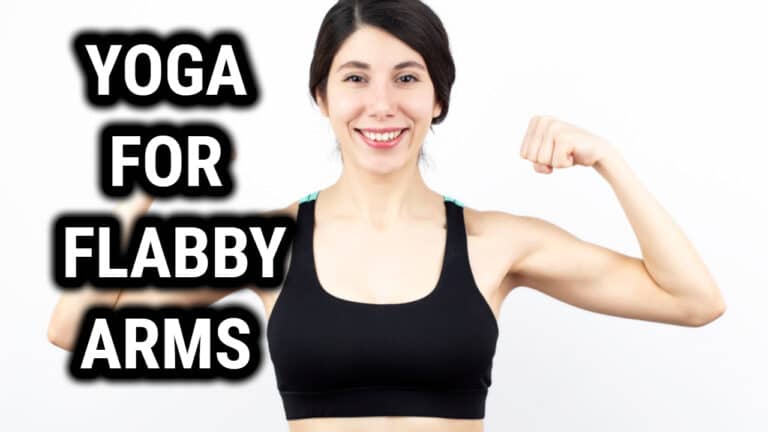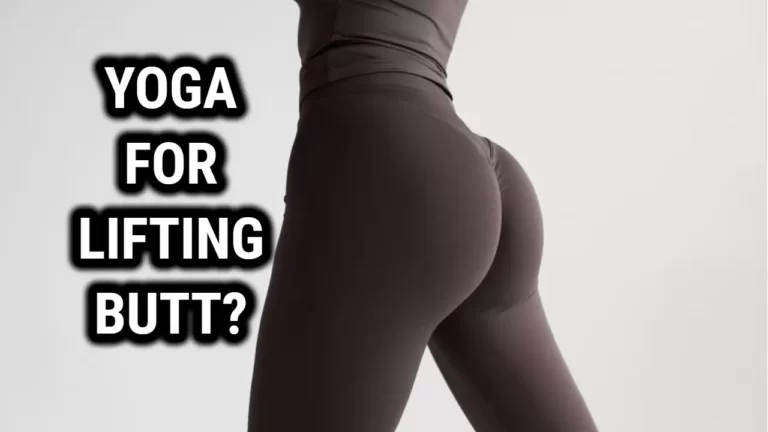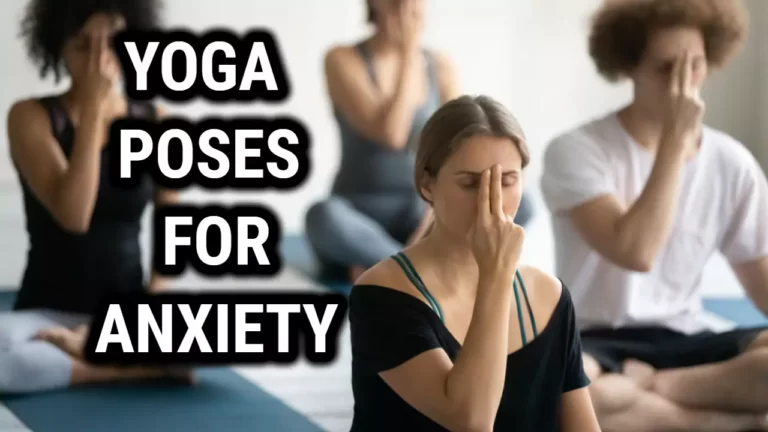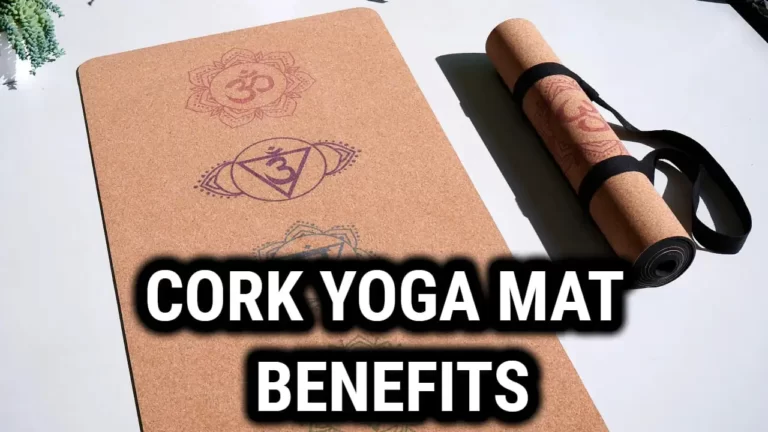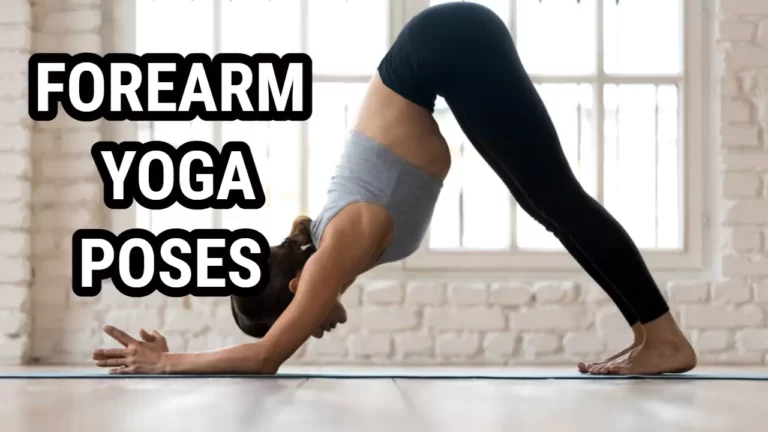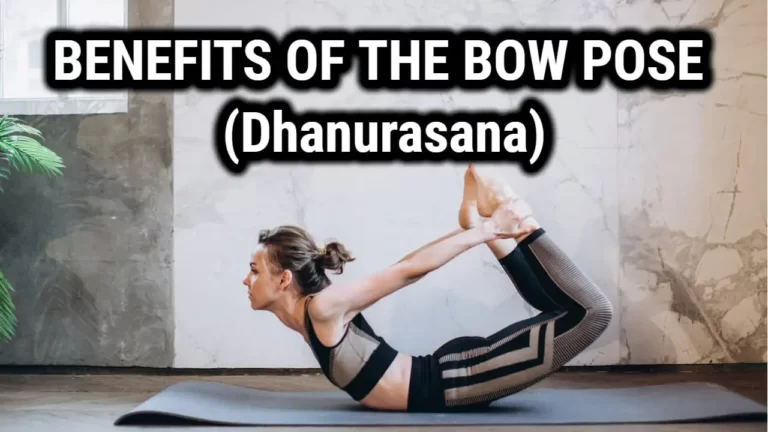Buti Yoga Benefits: Unleash Your Inner Power

What Is Buti Yoga?
Buti Yoga is a dynamic and high-energy new form of yoga that combines elements of traditional yoga poses with more intense movements such as tribal dance and plyometrics. Celebrity trainer Bizzie Gold in 2012 created buti yoga, a certified yoga teacher and fitness coach by profession, this new type of yoga has gained popularity in recent years as a unique and fun way to get a full-body sculpt workout.
Buti Yoga is typically set to upbeat music and incorporates powerful, fluid movements that help to strengthen and tone the muscles, as well as increase flexibility and cardiovascular endurance. It is often described as a “cardio-sculpting” practice, as it combines elements of cardio and strength training with the mindfulness and breathwork of yoga similar to vinyasa yoga.
The word “Buti” means “the cure to something that’s been hidden away or kept secret” in Marathi Indian language spoken in the Indian state of Maharashtra.
How Is Buti Yoga Different From Traditional Yoga?
One of the key differences between Buti Yoga, power yoga, hot yoga and other traditional yoga moves is its focus on “shakti,” or energize the divine feminine energy inside, which is believed to be the source of creative expression and transformation. Buti Yoga classes often include chanting and other rituals to help practitioners tap into their shakti and cultivate a sense of empowerment and connection to their bodies.
Buti is a soulful holistic practice that aims to not only improve physical fitness, but also enhance mental and emotional well-being. It is a high-energy and energetic practice that can be a fun and engaging way to get a full-body workout.
What Are The Physical Benefits of Buti Yoga?
There are several physical benefits to practicing Buti Yoga, including:
Increased capacity and flexibility:
The combination of traditional yoga poses and more intense practice of Buti Yoga can help to improve flexibility and strength in the muscles. As you move through the various poses and flows, you will be stretching and strengthening your muscles, which can help to increase range of motion and improve overall physical function.
Weight loss and toning of muscles:
Buti Yoga is a high-energy practice that can help to boost your metabolism and burn calories. As you move through the various poses and flows, you will be working your muscles, which can help to tone and shape your body.
Buti yoga utilizes a unique workout technique called the spiral structure technique (SST) which focuses on strengthening the abdominal muscles through the use of spiral movements. SST is a technique that stimulates all of the abdominal muscle groups, this is also a reason why this type of yoga is different which combines traditional yoga techniques too for toning of your muscles.
Increased cardiovascular endurance:
Buti Yoga combines yoga poses with more intense movements which helps to improve cardiovascular endurance. As you move through the various poses and flows, you will be increasing your heart rate and challenging your cardiovascular system, which can help to improve your overall endurance and stamina.
Related: Burning 1000 Calories with Yoga
How Can Buti Yoga help with Mood Boosting and Mental Clarity?
The mindfulness practices and focus on the breath in Buti Yoga can help to improve mental clarity and focus. By bringing your attention to the present moment, you can clear away distractions and allow your mind to function more efficiently.
Buti yoga focuses on removing blockages in the first and second chakras, which are believed to be responsible for activating power, and confidence within practitioners.
Buti Yoga can also help to improve mood and overall sense of well-being. The endorphins released during physical activity can help to lift your mood, while the mindfulness techniques can help to reduce stress and promote a sense of calm and relaxation which in turn also provides emotional benefits.
What Should I Expect During a Buti Yoga Class?
Buti classes typically combines high-energy primal movement similar to High-Intensity Interval Training (HIIT), with a focus on both physical fitness and mindfulness. Here are some things you might expect during a session:
Upbeat music: Buti Yoga classes are usually set to upbeat music with dance moves, which can help to energize and motivate you during the class. In contrast a traditional yoga classroom may have a more serene and peaceful atmosphere, with calming music and a focus on relaxation and mindfulness.
Dynamic movements: Buti Yoga session combines regular yoga workout with more intense movements such as tribal dance. Expect to move through a variety of poses and flows that challenge your strength, flexibility, and cardiovascular endurance. The popularity of buti has exploded in recent years, leading to a “yoga craze” with new studios and classes popping up all over the place.
Focus on the breath: Like other forms of yoga, Buti Yoga emphasizes the importance of the breath and includes various breathwork techniques. You may be asked to focus on your breath during different poses or transitions, or to synchronize your breath with your movements.
Can Buti Yoga be Adapted for People of All Fitness Levels and Ages?
Buti Yoga is a dynamic and high-energy practice that can be adapted for people of all fitness levels and ages. To accommodate different fitness levels and abilities, most Buti Yoga instructors will offer modifications and variations. If you are new to Buti Yoga or have any injuries or limitations, your instructor may recommend changes or variations that are more appropriate for your fitness level or needs.
Buti Yoga can be a fun and effective way to get a full-body workout, regardless of your fitness level or age. With the right modifications and variations, it can be a safe and enjoyable practice for people of all fitness levels and ages.
Does Buti Yoga Build Muscle?
Yes, Buti Yoga can help to build muscle. The combination of traditional yoga moves and powerful yoga movements can help to strengthen and tone the muscles, as well as increase flexibility and cardiovascular endurance.
As you move through the various poses and yoga flows like including vinyasa-style yoga, you will be working your muscles and challenging your body in new ways. This can help to build and tone muscle, particularly in areas like the arms, legs, and core.
Can You Lose Weight with Buti Yoga?
Yes, it is possible to lose weight with Buti Yoga. If combined with more intense movements can assist in increasing your metabolism and burn calories, which can aid in weight loss.
Also Read: 11 Top Yoga Asanas For Losing Weight
How Often Should You Do Buti Yoga?
For general fitness and well-being: If you are new to Buti Yoga or are looking to maintain your current fitness level, practicing once or twice per week may be sufficient. You may also want to incorporate other forms of physical activity, such as cardio or strength training, into your routine to help balance your overall fitness and well-being.
For weight loss: If you are specifically looking to lose weight with Buti Yoga, practicing three to four times per week may be more beneficial.
For improvement of specific skills or abilities: If you are working on improving specific skills or abilities through Buti Yoga, you may want to increase the frequency of your practice to at least three times per week.
Buti Yoga (new style of yoga) can be a safe and effective way to improve physical fitness, reduce stress, and enhance overall well-being for people of all fitness levels and ages.
